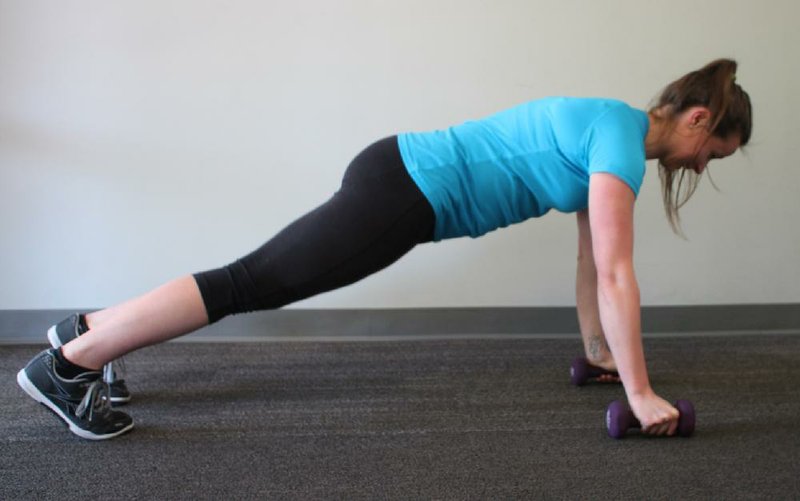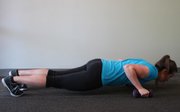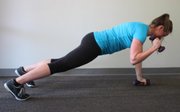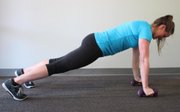As something fitness buffs strive for, core stabilization has gained an incredible amount of momentum over the past decade.
Now more than ever, workout programs are centered on the idea of challenging the core muscles during each and every exercise.
This week, I'll discuss some key elements of core training and how to adjust difficulty based on one's fitness level. In addition, I'll introduce a new core exercise that includes a dynamic biceps exercise for a real challenge.
Most people seem to understand what core stabilization means. Essentially, the idea is to shift your center of gravity to challenge your ability to balance while performing an exercise that works the muscles around the body's trunk.
As each component is adjusted to become more or less challenging, the musculature responds with a corresponding contraction. Thus core strength and stabilization improve.
The trick to really maximizing a core-stability workout is to understand how to manipulate variables. The first area to consider is the surface area of the training tool you're using.
A Swiss ball, for example, has a large surface area in contact with the floor during use -- especially if it's underinflated. If it's overinflated, the surface area will decrease and create a more unstable platform from which to exercise.
A less stable platform demands more core engagement. So surface area is one component that can have a dramatic effect on the amount of core engagement that will occur during a given movement.
Friction is another key element of core-stabilization training. The more slippery the surface, the more unstable the exercise will be.
Performing a standing overhead press on a carpeted surface is one thing, but try performing the same overhead press while wearing socks and standing on a slide board. It's a completely different experience that will result in greater core engagement.
Center of gravity is the last variable that greatly affects the difficulty of a core stability exercise. The more you pull center of gravity away from the midline of your body, the more the core must engage to maintain your posture.
My favorite example of this is to imagine standing with one full gallon of milk in each hand. Holding the milk at your sides with the arms fully extended maintains the normal center of gravity one would have. Simply lifting the jugs up with your arms extended in front of your body dramatically alters your center of gravity and forces the lower back to contract so that you remain upright.
Changing any or all three variables allows you to tailor the difficulty of the movements you select for training.
This week's exercise is designed around the manipulation of center of gravity, but the surface area involved is also affected to some degree.
1. Select a pair of light dumbbells.
2. Holding a dumbbell in each hand, position yourself in the "up" phase of a pushup.
3. Lower your torso in a normal pushup movement.
4. As you reach the bottom, reverse direction and press back up. Just as your arms are reaching full extension, lift the right dumbbell off the floor.
5. Perform a hammer curl by bending the right elbow and keeping the palm facing inward.
6. Extend the right arm back down, place the dumbbell back on the floor and then go right into the next pushup.
7. Repeat with the left arm.
8. Continue this alternating pattern for 12 repetitions.
This exercise is designed for a more advanced exerciser who has some experience with planking, pushups, and also core stabilization.
Regardless of one's fitness level, I recommend using a light to medium resistance on this one. Using heavy dumbbells will make it nearly impossible to maintain your balance and will increase the risk for injury. Enjoy!
Matt Parrott has a doctorate in education (sport studies) and a master's in kinesiology and is certified by the American College of Sports Medicine.
ActiveStyle on 05/25/2015




